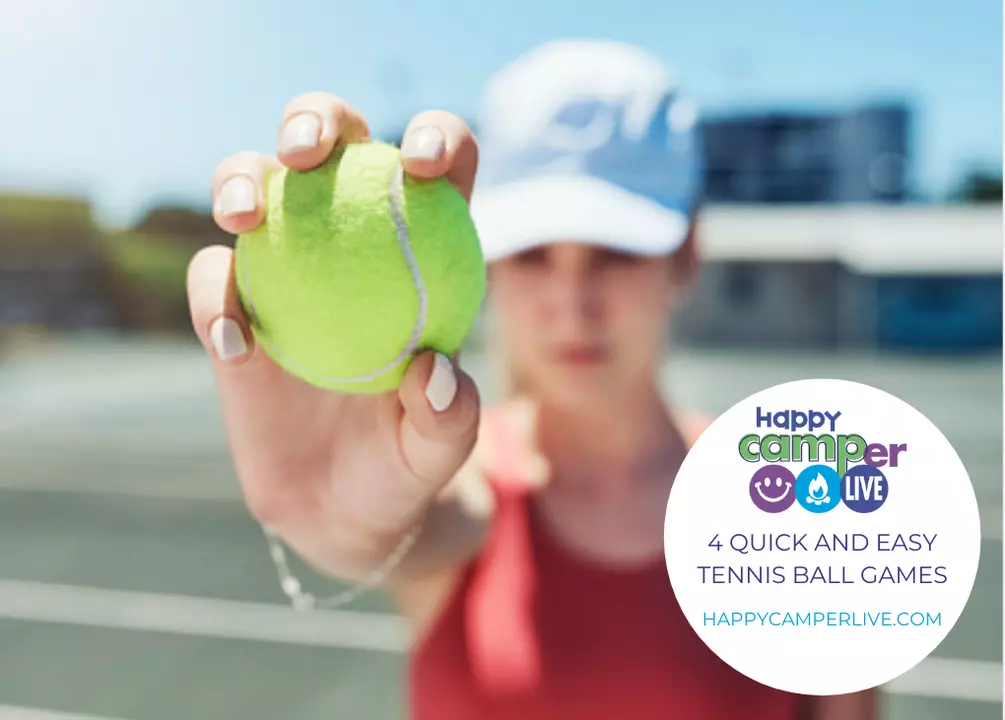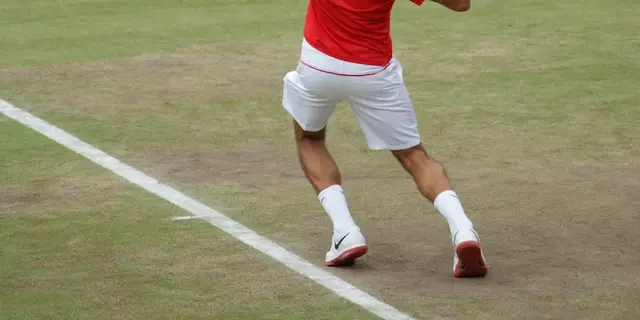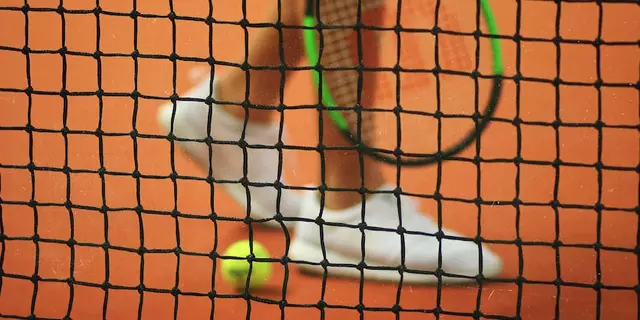Baseball Basics and Tips – Quick Guide for Beginners
Thinking about picking up a baseball bat for the first time? You’re not alone. More people want to try the sport, but they get stuck on the very first step: what actually needs to be done? This guide cuts the noise and gives you the core info you need to start throwing, hitting, and fielding right away.
First off, the field layout. A standard baseball diamond has four bases placed 90 feet apart. The infield forms a square, while the outfield stretches beyond it. Knowing where each base sits helps you understand running routes and where to stand on defense.
Essential Gear You’ll Need
You don’t have to buy the most expensive kit to get started. Here’s a short checklist:
- Bat – Choose a wood or aluminum bat that feels comfortable in your hands. For beginners, a 28‑30 inch, 30‑32 ounce bat works well.
- Glove – Pick a glove that matches your position. Infielders use smaller gloves (11‑11.5 inches) while outfielders prefer larger ones (12‑13 inches).
- Ball – A regulation baseball is 9‑inch circumference. Practice with a softer tee ball if you’re just learning the swing.
- Protective gear – A helmet for batting, a cup for men, and optional shin guards for catchers.
All of these items are easy to find at a local sports store or online. Start with a basic set and upgrade as your skills improve.
Fundamental Skills to Master
Throwing: Grip the ball with your fingers across the seams, keep your elbow up, and step toward your target. A smooth motion beats sheer power — aim for a fluid follow‑through.
Hitting: Position your feet shoulder‑width apart, keep your knees slightly bent, and swing level with the ball. Focus on making contact with the sweet spot, which is usually a few inches from the barrel’s tip.
Fielding: Whether you’re catching a grounder or a fly ball, get low, keep your glove out, and watch the ball into the glove. Practice quick footwork; a good fielder can get to the ball faster than the batter expects.
Running the bases: Start each sprint by planting your front foot, then lift your knees high and keep your arms pumping. Remember to touch each base – missing a base is an easy out.
Practice each skill for 10‑15 minutes a day. Short, focused sessions build muscle memory faster than long, sloppy drills.
Now that you know the basics, try a simple drill: set up a rubber bucket a few feet away, throw the ball to yourself, field it, and make a quick throw back to the bucket. Repeat 20 times. This drill combines throwing, catching, and footwork in one routine.
Finally, keep an eye on the game’s rules. A run scores when a player touches home plate after safely reaching first, second, and third. Three strikes result in an out, while a ball that lands untouched in the outfield after being hit is a “fly out.” Knowing the rules lets you play smarter and avoid unnecessary mistakes.
Baseball is as much about strategy as it is about physical skill. As you get comfortable with the basics, start watching a few games. Notice how players position themselves, how pitchers vary their throws, and how coaches call plays. Those observations will accelerate your growth.
Ready to hit the field? Grab a bat, put on a glove, and give the drills a go. The more you practice, the quicker you’ll feel natural on the diamond. Have fun, stay safe, and enjoy the game!

Is it possible to throw a tennis ball as fast as a baseball?
It is possible to throw a tennis ball as fast as a baseball, but it requires a special set of skills and technique. To achieve maximum speed, the thrower must generate enough power and torque to propel the tennis ball forward, while using a precise, accurate arm motion. The tennis ball's size and weight can also have an impact on its speed, making it important to choose the right ball for the job. With practice and the right techniques, it is possible to achieve speeds close to those of a baseball.
Detail



